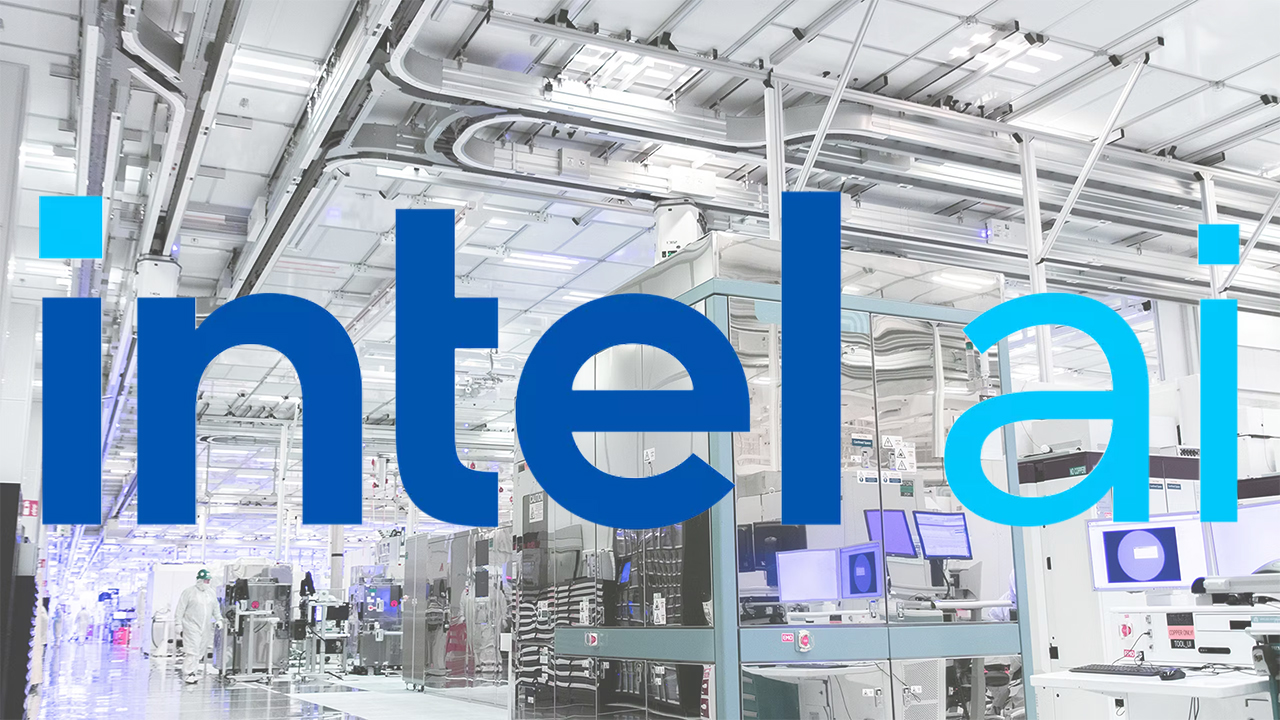Intel redefines AI strategy — Jaguar Shores to be rack-level design with focus on silicon photonics
The new roadmap yet has to be unveiled.

This week, Intel outlined some details about its upcoming AI strategy following the recent appointment of a new AI chief. The company plans to develop a multifaceted AI strategy that includes building off-the-shelf workload-specific full-stack solutions for AI, bespoke solutions, and foundry partnerships. The codenamed Jaguar Shores GPU remains in Intel's plans.
" My focus will be ensuring that our team builds products that are highly competitive and meet the needs of our customers as we enter a new era of computing defined by AI agents and reasoning models," said Lip-Bu Tan, chief executive of Intel, during the company's conference call with analysts and investors. "We are taking a holistic approach to redefine our portfolio, to optimize our products. For new and emerging AI workloads, we are making necessary adjustments to our product roadmap so that we are positioned to make the best-in-class products while staying laser-focused on execution and ensuring on-time delivery."
CEO Lip-Bu Tan reiterated the company's intent to reshape the AI strategy following the appointment of Sachin Katti as the new CTO and AI chief and spin off its AI unit from the data center division.
Under the new leadership, Intel's AI unit will focus on workload-specific solutions for AI, which probably includes a diverse lineup of AI products, starting from humble low-power solutions for inference on the edge to rack-scale solutions for inference and training in the data center space. Intel's management sees the company's silicon photonics capabilities as one of its advantages in the AI data center realms. At the same time, Intel acknowledges that it needs to work hard on its software. Ultimately, the company plans to offer full-stack solutions integrating hardware (including CPUs, GPUs, IPUs [which Intel calls DPUs], storage, silicon photonics, etc.) and software.
Despite canceling the codenamed Falcon Shores GPU (which used to be a hybrid processor with x86 and Xe cores before becoming just a data center GPU), Intel stressed that Jaguar Shores remains on the AI roadmap. At the same time, Intel is actively exploring partnerships for custom-built silicon and is evaluating new architecture options. In addition to high-performance x86 processors, IPUs, and decades of experience, one of the advantages that Intel has for custom silicon is that it already has experience with silicon photonics, leading-edge processors, multi-chiplet solutions, and advanced packaging.
"We also see optics as a critical element of that rack scale architecture as well," said Michelle Johnston Holthaus, Intel's products chief. "I think I would just remind everybody that Intel is the only foundry out there that has an optics-based foundry option for our customers. So we are very optimistic that those two things [IPUs and silicon photonics] add to the overall opportunity to build out that rack- scale architecture. Also, our open x86. What we are seeing is that customers do love the x86 ecosystem, the software around it. If they can build out an AI infrastructure with x86, they are very interested in doing that. We already have one large custom design win, and I would expect one [more]."
Follow Tom's Hardware on Google News to get our up-to-date news, analysis, and reviews in your feeds. Make sure to click the Follow button.
Get Tom's Hardware's best news and in-depth reviews, straight to your inbox.

Anton Shilov is a contributing writer at Tom’s Hardware. Over the past couple of decades, he has covered everything from CPUs and GPUs to supercomputers and from modern process technologies and latest fab tools to high-tech industry trends.
-
AkroZ ReplyAlso, our open x86.
Open on what ?
Only AMD and VIA have a license and this date back when IBM forced them to do it in 1982.
Intel can provide products for inference but they are too much behind nVidia and AMD on AI training, they can only be third option if they can supply in quantities. It's unlikely for nVidia and AMD to use Intel Foundry for cutting edge technologies, the market known the story of Apple and Samsung Foundry. -
bit_user Reply
Uh, that didn't work so well for Xeon Phi. I'd caution Intel against going back to x86, even though they perceive that as a strength.Michelle Johnston Holthaus said:What we are seeing is that customers do love the x86 ecosystem, the software around it. If they can build out an AI infrastructure with x86, they are very interested in doing that. -
bit_user Reply
I don't know, but maybe referring to this?AkroZ said:Open on what ?
Only AMD and VIA have a license and this date back when IBM forced them to do it in 1982.
https://www.tomshardware.com/pc-components/cpus/intel-and-amd-forge-x86-ecosystem-advisory-group-that-aims-to-ensure-a-unified-isa-moving-forward
Gaudi 3 doesn't seem so bad. I wouldn't say their strategy isn't salvageable.AkroZ said:Intel can provide products for inference but they are too much behind nVidia and AMD on AI training,
What they definitely need to do is avoid the mistake AMD often makes of trying to beat Nvidia at its own game. Nvidia is currently tied to CUDA, which has been a strength, but also slows down the pace at which they can evolve. AMD foolishly decided to make a CUDA-compatible API called HIP. Intel has been going in a similar direction with oneAPI, and while I like oneAPI, I can see that it's not the path to success in AI that Intel needs. -
bit_user Reply
Lunar Lake was a good improvement over Meteor Lake, so long as you don't need more than 8 cores. The respin of Meteor Lake they did on Intel 3 also seems like a solid step forward.wzis said:Intel should focus on CPU performance improvements especially for the mobile ones.
I haven't followed iGPU developments as closely, but that also seems to be an area benefiting mobile quite nicely.
Maybe the biggest challenge their mobile chips face is competitive pricing? -
JayNor The SYCL Joint Matrix Extension appears to offer new life for SYCL/OneAPI, and Intel's Battlemage GPUs will be supported.Reply
Info is from the IXPUG presentations, a month ago.
They say the same code will run on CUDA, AMD, Intel GPUs and Intel AMX matrix operations on Xeon.